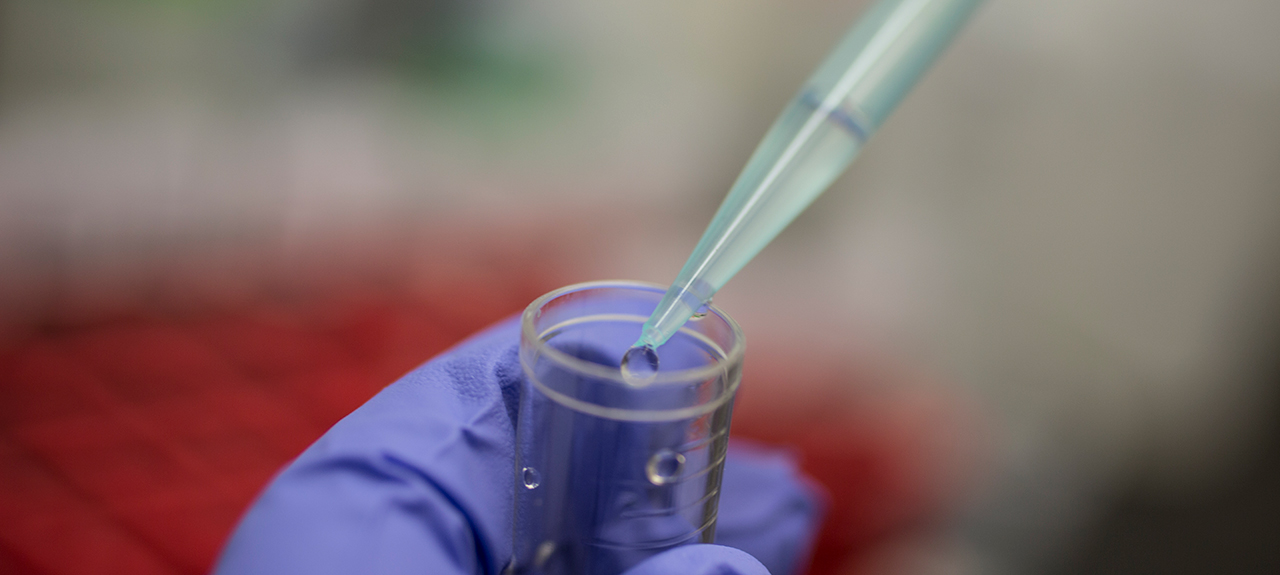
Protecting Your IP
Your idea is your property, or intellectual property. Others may wish to use your property whether or not they have your permission. As a creator, you should be aware of the protection available for your ideas and inventions. At TCA, we connect you with the information, network, and resources to help ensure your idea is used as you intended. We also guide you on ways to avoid stealing or copying other intellectual property unintentionally.
Head to our services page to see a full list of how TCA can help accelerate your idea.
What is Intellectual Property?
Intellectual property (IP) refers to creations of the mind, such as inventions; literary and artistic works; designs; and symbols, names and images used in commerce. – World Intellectual Property Organization
For more definitions – head to our glossary page.
Types of Intellectual Property Protection
Patents
Patents are granted by the USPTO to inventors, indicating the inventor is the first to register their invention, therefore they have the rights to the invention and cannot be used by anyone else. The patent offers protection from other people infringing on the IP and allows the inventor to capitalize on the invention in ways such as manufacturing and/or marketing the invention for an amount of time. Patents are categorized by the United States Patent and Trade Office (USPTO) three different ways, utility, design and plant patents. Each patent is listed below:
- Utility Patent– may be granted to anyone who invents or discovers any new and useful process, machine, article of manufacture or composition of matter, or any new and useful improvement thereof.
- Design Patent – may be granted to anyone who invents a new, original, and ornamental design for an article of manufacture. Provisional Applications are not allowed for Design Patents.
- Plant Patent– may be granted to anyone who invents or discovers an a sexually reproduces any distinct and new variety of plant.
To patent an invention the invention must be novel – no one has patented the invention and it is not known to the public.
The invention must be useful, it will help customers perform a certain function.
It must be non-obvious, meaning people with the knowledge or background in the claim of the invention, did not know of the claim of the invention. It was not obvious. This concept is hard to comprehend but once applied to a claim of an invention, one will grasp the meaning.
We do not recommend applying for a patent without the help of a patent attorney.
Copyrights
The United States Copyright Office is where one can go to register a copyright, record a document and research copyrights. The Copyright Office is a separate federal department within the Library of Congress. The Copyright Office examines and registers copyright claims in books, journals, music, movies, software, sound records, photographs and any other works of original authorship.
Trademarks
Trademarks are brands of goods or services. This could be a slogan, a design, a symbol or a word associated with goods or services being from a particular source. Trademarks are registered at the United States Patent and Trademark Office. The process is much like the patent process where a search needs to be completed to make sure the mark does not exist in the TESS (Trademark Electronic Search System) database at the USPTO.
When you register your trademark with the USPTO you legally own the trademark and have exclusive rights to use the trademark. Once registered you are able to use the registration symbol (trademark symbol). Trademark information is stored in the TESS database. The database is searchable to help other trademark users determine if their idea is in use and save money in filing fees.
USPTO recommends you hire an attorney to help you complete a comprehensive trademark search, help you with your application, interpret search results, and help maintain and enforce your rights as owner of the registered trademark.